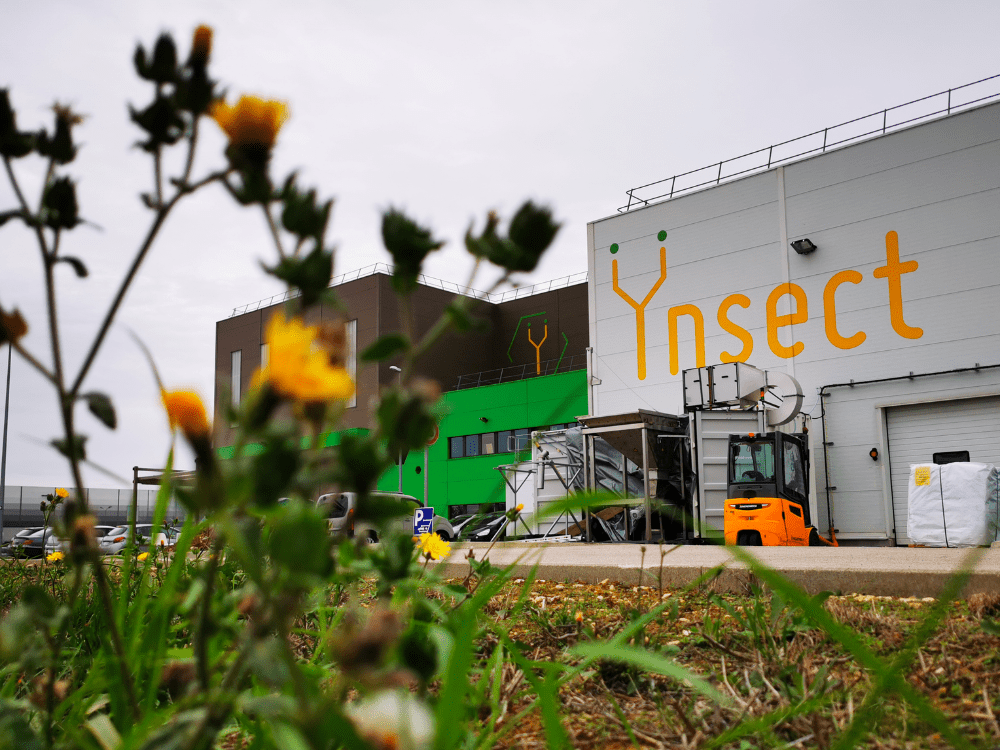“Since 2010, of the 14 individuals that MPD officers have killed, 13 of those individuals were people of color or Indigenous individuals,” the report states. “People of color and Indigenous individuals comprise approximately 42% of the Minneapolis population but comprise 93% of all MPD officer-involved deaths between January 1, 2010, to February 2, 2022.”
A clear racial disparity can be seen in the widespread use of chemical and other “less-lethal” weapons as well. MPD officers deploy pepper spray against Black people at a higher rate than they do against white people. From the report: “Officers recorded using chemical irritants in 25.1% of use of force incidents involving Black individuals. In contrast, MPD officers recorded using chemical irritants in 18.2% of use of force incidents involving white individuals in similar circumstances.” Overall, according to the report, “between January 1, 2010, to December 31, 2020, 63% of all use of force incidents that MPD officers recorded were against Black individuals.”
Traffic stops were unfortunately no different. “Although Black individuals comprise approximately 19% of the Minneapolis population, MPD’s data shows that from January 1, 2017, to May 24, 2020, 78%—or over 6,500—of all searches conducted by MPD officers were searches of Black individuals or their vehicles during officer-initiated traffic stops.” Black people in Minneapolis are at six times greater risk of being treated with force during traffic stops than their white neighbors, according to the report.
The Minneapolis Police Department has not replied to our request for comment.
Illegal surveillance
The report also describes the department’s use of secret social media accounts to monitor Black people: “MPD officers used covert, or fake, social media accounts to surveil and engage Black individuals, Black organizations, and elected officials unrelated to criminal activity, without a public safety objective.”
Online, officers used covert accounts to follow, comment in, and message groups like the NAACP and the Urban League while posing as like-minded individuals.
“In one case, an MPD officer used an MPD covert account to pose as a Black community member to send a message to a local branch of the NAACP criticizing the group. In another case, an MPD officer posed as a community member and RSVP’d to attend the birthday party of a prominent Black civil rights lawyer and activist,” the report says.
Similarly, MIT Technology Review’s reporting shows that officers kept at least three watch lists of people present at and around protests related to race and policing. Nine state and local policing groups were part of a multi-agency response program called Operation Safety Net, which worked in concert with the Federal Bureau of Investigation and the US Department of Homeland Security to acquire surveillance tools, compile data sets, and increase communication sharing during the racial justice protests in the state. The program continued long past its publicly announced demobilization.
Though our investigation did not probe the extent of racial bias, it showed that local, state, and federal law enforcement agencies learned to work in concert to render anonymous protesting—a core tenet of free-speech protection under the First Amendment of the US Constitution—all but impossible.
The Secret Police: An MIT Technology Review investigation
This story is part of a series that offers an unprecedented look at the way federal and local law enforcement employed advanced technology tools to create a total surveillance system in the streets of Minneapolis, and what it means for the future of policing. You can find the full series here.
Lack of accountability
Not only were these covert social media accounts used to track individuals not suspected of a crime, but the MPD officers behind the accounts sought to influence the democratic process: “MPD officers used MPD’s covert accounts to send private messages criticizing elected officials, while posing as community members.”
Included in these sham conversations were a Minneapolis city council member and a state elected official. The report states, “Police officers using MPD’s covert social media to contact and criticize elected officials is an inappropriate use of official City resources. This inappropriate covert activity can also undermine the democratic process because false communications can distort elected officials’ perspectives and understanding of positions taken by community members.”
Additionally, “MPD’s oversight of officers’ covert social media is insufficient and ineffective.” The MPD does not have a complete and accurate list of all the social media accounts used in a covert manner, according to the report: the department’s accounting of these activities “did not include at least two dozen additional covert accounts.” The MPD also lacks policies “to ensure that covert accounts are being used for legitimate investigative purposes.”
When members of the public sought remedy for perceived abuses and misconduct, they were met with a system in which “complaints are inadequately investigated and officers are not consistently held accountable for misconduct.” As an example, the report cites a troublingly long turnaround time for internal investigations: “Between January 2010 and May 2021, the average time that it took Office of Police Conduct Review and/or Internal Affairs to complete an investigation and for a Police Chief to issue a final disciplinary decision after a police misconduct complaint was filed was over 475 days, and the median time was over 420 days.”
The US Department of Justice is currently investigating the City of Minneapolis and the MPD for possible violations of the Civil Rights Act.
Source link
Author Tate Ryan-Mosley, Sam Richards





